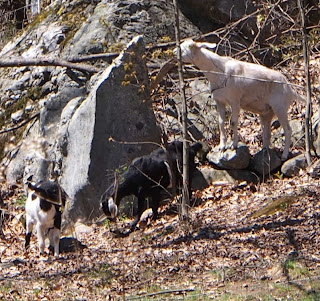Before, I get going, I want to mention again that there are spaces in the class that I am teaching starting on the 20th at Kelly Mehlers. Usually during a class where we make a chair, everyone has a topic that they want to cover, but time doesn't allow. This class is for all those topics and more, it's not just about making a chair, it's about Chair making. Besides building shavehorses, we will go in depth into chair design (recreating the chair below), we'll grind drill bits, get our tools sharper and better tuned than every, make some tools (adzes and sloyd knives), go over various techniques for constructing chairs that folks always ask about such as the duckbill joint and we'll be building the rocker jig that I recently built and going over the fine points of rocker making. We decided to do this class based on the constant requests of students in the chair making classes and I hope you'll join us.
There are some simple landmarks that guide most chair design. The shoulders are wider than the hips etc... Following this logic leads to most chairs having the shape of a section of a cone. But there is more to it than that. The body can be viewed as a series of conical sections that lie at angles to each other.
I decided to take my recent cardboard chair mock up one step further and use my friend and fellow chair maker Dan as a subject. Dan is 6 foot and forever tall, so I thought it would be an interesting case study. I doubt Dan has ever sat in a chair that was truly sized for him, so we dug back into the lawn mower box and got to it.
We started by making a stable stand in for the stool part of the chair, and a cut out that I use for my largest chair seat back.
Then we bent a strip of cardboard to fit the inside of the cut out and screwed them together.
Next, we cut tabs on the top of the cardboard at a good height for Dan.
And matched the curve at the top of the lower piece to define the next section.
This section tilts back and acts as the support for the rib cage.
The plank at the back gives support for the upper rib cage, which is enough to make the chair stable and "sitable".
We followed the same tab making process and fit the next section which is the zone where the shoulder blades are located. This area tilts back more than the rib cage zone to give clearance.

Dan declared it comfortable, although he is so used to sitting in "tiny" chairs, that I think it is a wholly new feeling for him. I sat in it as well and found it actually quite good for me as well, except that the relief for the shoulderblades hit me somewhere around my the middle of my shoulders!
Rocket was especially interested in the process.
Here, Dan is using the laser to help guide where to map out the spindles, which is the next step.
When we first started, Dan mentioned how nice a permanent, adjustable version of this would be, but at the end of the hour that it took us, he said that the cardboard was so easily manipulated that he didn't think it necessary.
I can't wait to see the finished chair.


















